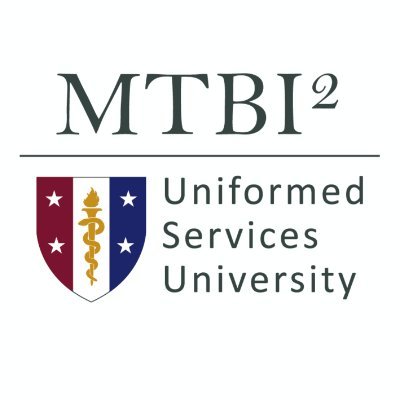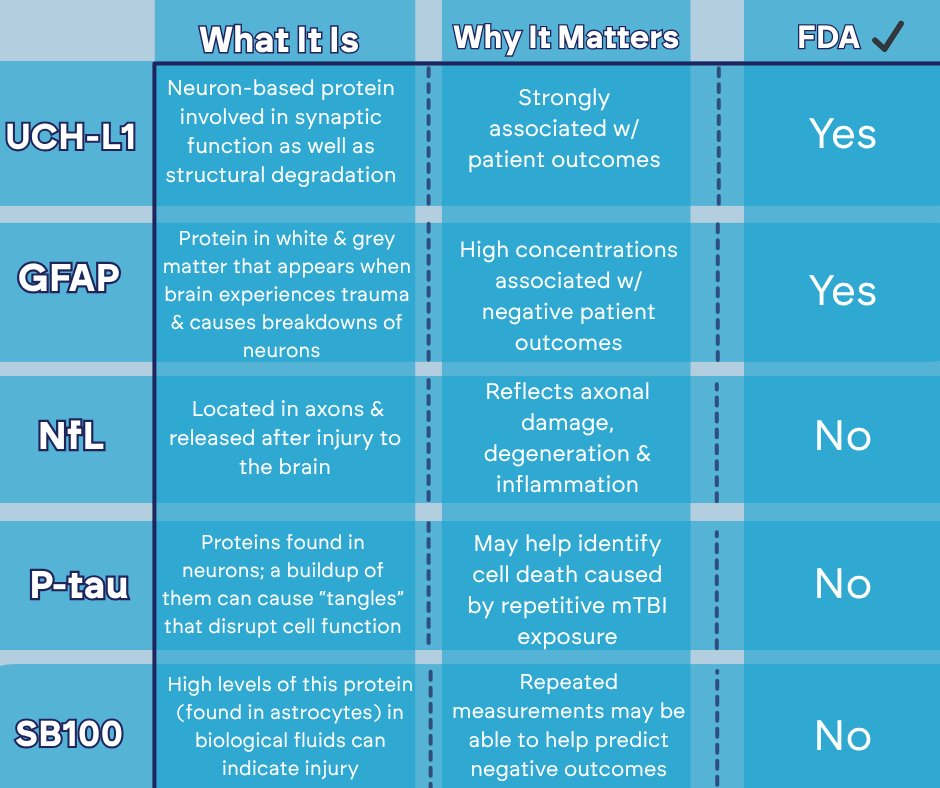
Military Traumatic Brain Injury Initiative (MTBI2)
@MTBI2_Studies
Followers
2K
Following
6K
Media
893
Statuses
3K
A joint federal research program on a mission to lessen the destructive effects TBIs have on U.S. service members. Follows, shares, likes & links ≠ endorsement
Bethesda, MD
Joined January 2011
Proper hydration is one of the easiest ways to protect your brain health & improve performance. After all, when your brain is operating at its best, so are you. Learn more hydration strategies:
hprc-online.org
Water is one of the most important nutrients your body needs to function optimally. Dehydration occurs when you don’t replace the fluids you lose. Even as little as 2% dehydration is enough to affect...
1
0
0
Staying hydrated isn't just about *what* you drink — it's also about *when* you drink. According to our friends @hprconline, drinking 14-22 oz of water 2-4 hours prior to exercising — as well as at least 16-32 oz during your workout — is key to optimal performance.
2
0
1
Their service continues on. All of the groundbreaking research at the @deptofdefense/@usuhealthsci Brain Tissue Repository is made possible thanks to service members & their loved ones, who made the selfless choice to donate their brain upon death.
1
1
3
Coming together to make a difference. Our friends at the @deptofdefense/@usuhealthsci Brain Tissue Repository were recently awarded $500,000 to conduct a study focused on understanding the effect blast exposure has on service members' brains on a cellular & genetic level.
1
0
2
One of their key goals is to find a way to diagnose IAS in vivo to find better ways to protect & support military personnel from blast exposure. Learn more:
researchbraininjury.org
DoD/USU Brain Tissue Repository Understanding theInvisible Wound “We shall not abandon our wounded warriors, no matter where they may be – it is here where our fallen heroes continue to serve their...
0
0
0
The video above, courtesy of Lt. Col. Adam Willis, a program manager at @DARPA, and colleagues helps us understand how the pattern of strain from blast exposure corresponds to what we observe in human tissue.
1
0
0
How well do you know your ABCs? Because we're about to throw a whole bunch of acronyms at you. Currently, there are 5 key blood-based biomarkers that have shown the most promise, so far, in #TBI research.
1
1
4
🎶 Let's get technical, tech-ni-cal! 🎵. To understand the value of blood-based biomarkers in assessing #TBIs, it helps to know when they appear & what their presence means. Thankfully, our Scientific Program Leader broke it down so even non-neuroscientists can follow:
1
0
1




